Story Protocol is a new kind of project using blockchain technology to help creators control and protect their work in the digital world. Today, many people can create and share content online easily, but it’s also becoming more challenging for creators to protect their work. Traditional copyright laws don’t always cover modern needs, especially with new types of content, like digital art, video, and AI-generated content. Story Protocol aims to solve this problem with what it calls a “programmable IP layer,” which makes managing and licensing creative work faster, easier, and more flexible.

Key Takeaways from Story Protocol
Here are the main things Story Protocol does:
- Blockchain-Based IP Management: Story Protocol uses blockchain to manage intellectual property (IP), which helps make processes like licensing easier.
- Programmable IP: This means creators can set specific rules about how people can use their work. This makes IP rights more flexible and adaptable.
- IP Accounts: Each creative work is linked to an “IP Account,” which works a bit like an advanced digital wallet for creative assets.
- ERC-6551 Technology: This technology allows NFTs (digital tokens that prove ownership) to act like digital accounts, making IP assets interactive and more useful.
Why Was Story Protocol Created?
The internet has made sharing and creating content easier than ever, but this has also created challenges. For example, many writers and artists find it hard to make money from their work because others may use it without permission or payment. Traditional copyright laws are mainly designed to protect against exact copies, but they don’t cover all the ways people can change, remix, or reuse digital content. That’s why Story Protocol is creating a new way to protect IP using blockchain technology.
Jason Zhao, one of the creators of Story Protocol, says the internet needs an updated way to protect IP that works better in today’s digital world.
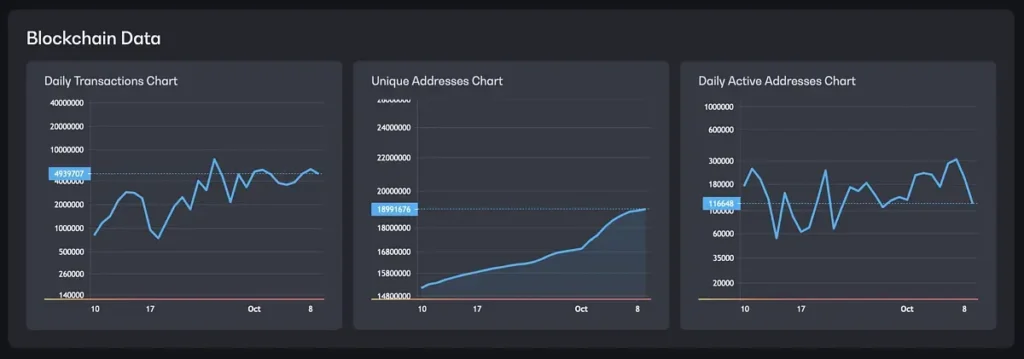
What is Story Protocol and How Does It Work?
Story Protocol aims to be a modern solution for managing IP. Using blockchain, Story Protocol allows creators to keep track of who owns what, control who can use their work, and ensure that they get paid fairly.
Here’s a closer look at what Story Protocol is working to solve and how:
- Outdated IP Systems: Today’s IP systems still rely on old methods like paper-based agreements, which don’t work well in a fast-moving digital environment.
- Ensuring Fair Payments: Many creators struggle to get paid for their work because it’s easy for others to reuse or share it online without permission.
- Composable IP: Story Protocol allows creators to make their IP easy to combine with other IP, creating possibilities for collaboration and derivative works without lots of complicated legal work.
Story Protocol’s Progress and Funding
Story Protocol was founded in 2022 by Seung Yoon Lee, Jason Zhao, and Jason Levy. They raised $29.3 million in initial funding with support from the venture capital firm a16z crypto in May 2023. In August 2024, Story Protocol secured another $80 million in funding, showing that many people believe in the project’s potential.
Key Components of Story Protocol
Story Protocol has two main parts:
- Programmable IP: This allows creators to add rules to their IP about who can use it, how they can use it, and how much they need to pay. These rules are stored on the blockchain, so they’re permanent and transparent.
- ERC-6551 (Token-Bound Accounts): This technology allows NFTs to act like interactive accounts. Instead of just being a static asset, an NFT can now function like a digital account that holds other assets, interacts with apps, and executes transactions.
How Story Protocol Helps Creators Control Their IP
The protocol has several steps that make it easier for creators to control their IP:
Registering IP and Verifying Ownership: Creators register their work on the blockchain, which acts like a digital “record” that shows who owns it. Each work is given its own NFT, which holds all the details about the IP, like licensing rules and royalty information.
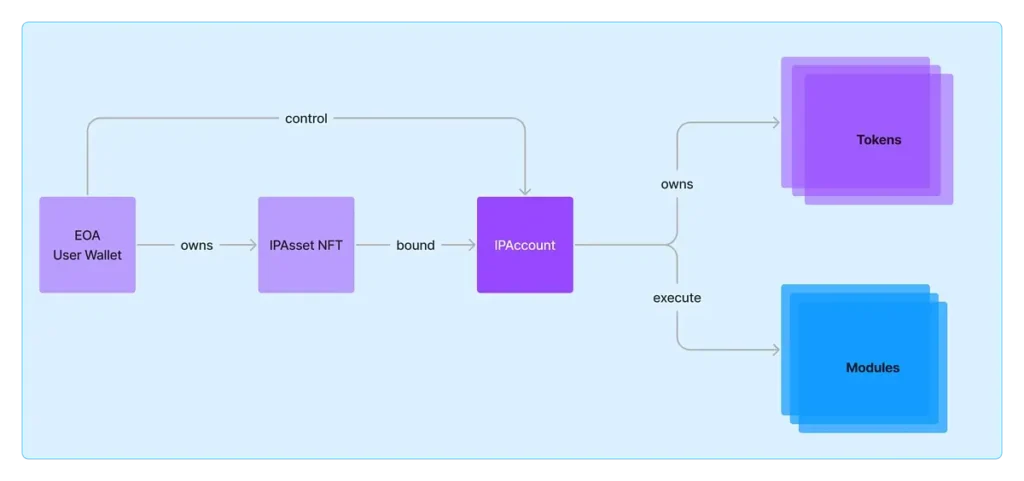
Making IP Easy to Collaborate On: One unique feature of Story Protocol is that it allows creators to link their IP with other IP assets, making it easier to work on collaborations. For example, if someone wants to create a new project using characters from two different creators, they can do it through Story Protocol without a lot of legal paperwork.
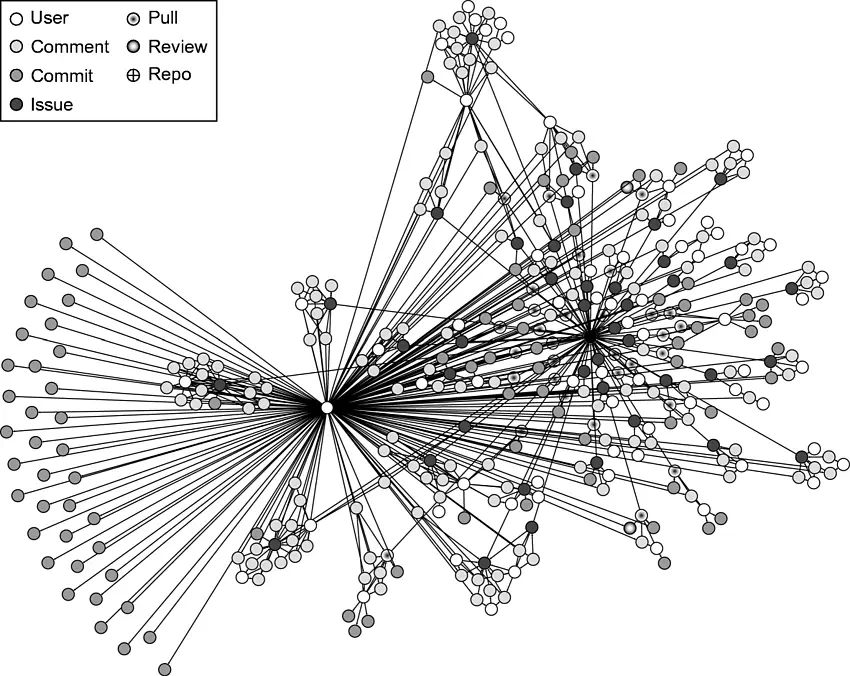
Automating Licensing and Agreements: With traditional IP, creators often need to hire lawyers and go through lengthy negotiations to license their work. Story Protocol simplifies this by letting creators set licensing rules in advance. These rules are embedded in the blockchain, so when someone wants to use an IP asset, they can interact with a smart contract that handles the licensing automatically.
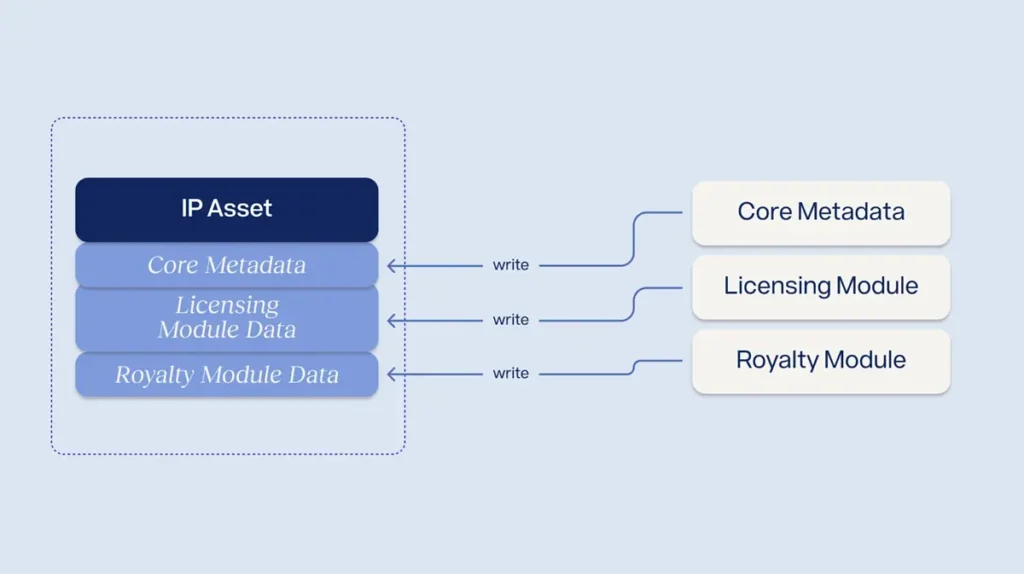
What Are ERC-6551 Token-Bound Accounts?
In simple terms, ERC-6551 is a new way of using NFTs. Normally, NFTs are just digital tokens that show ownership of an asset, like a piece of digital art. However, ERC-6551 allows NFTs to work like “accounts” that can interact with other apps and hold other tokens. For example, if a digital art piece is registered as an NFT with ERC-6551, it can receive payments, control other assets, or interact with other apps.
Story Protocol’s Programmable IP License (PIL)
One of Story Protocol’s key features is its Programmable IP License (PIL), a special type of license that exists on the blockchain. The PIL is legally binding, and it lets creators set all sorts of rules about how their IP can be used, such as:
- Setting Licensing Fees: Creators can decide if they want people to pay to use their work.
- Adding Royalty Payments: If someone else uses the IP to create a new work, the original creator can get a portion of the earnings.
- Usage Rules: The creator can add rules like restricting usage to non-commercial purposes or limiting where the work can be shared.
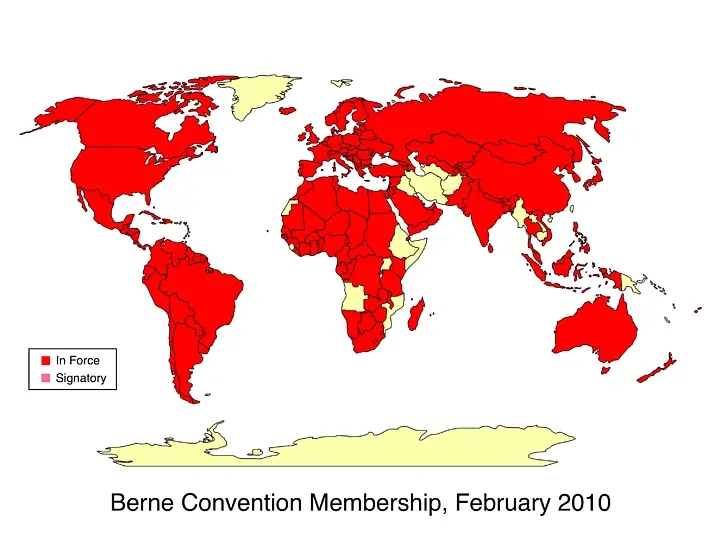
The PIL is customizable, so creators can adjust the rules to fit different needs or types of users.
What is Liquid Licensing?
Liquid licensing is a new concept introduced by Story Protocol that makes it easier to buy and sell licenses. Each license is represented as its own NFT, which can be traded on marketplaces. This makes the licensing process more flexible and allows creators to sell licenses in a more dynamic way. With liquid licensing, creators can reach a wider audience and create more income opportunities.
Conclusion
Story Protocol is trying to do for intellectual property what cryptocurrency did for money by making IP programmable. Its goal is to create a world where creators can manage their IP easily without getting tied up in complicated legal procedures. Instead of relying on traditional legal documents, Story Protocol uses blockchain technology to automatically handle things like licensing and royalties.
This new system could transform the creative industry, making it easier for creators to control and monetize their work. With Story Protocol’s technology, IP management is becoming more accessible and automated, creating a brighter future for digital creators.
